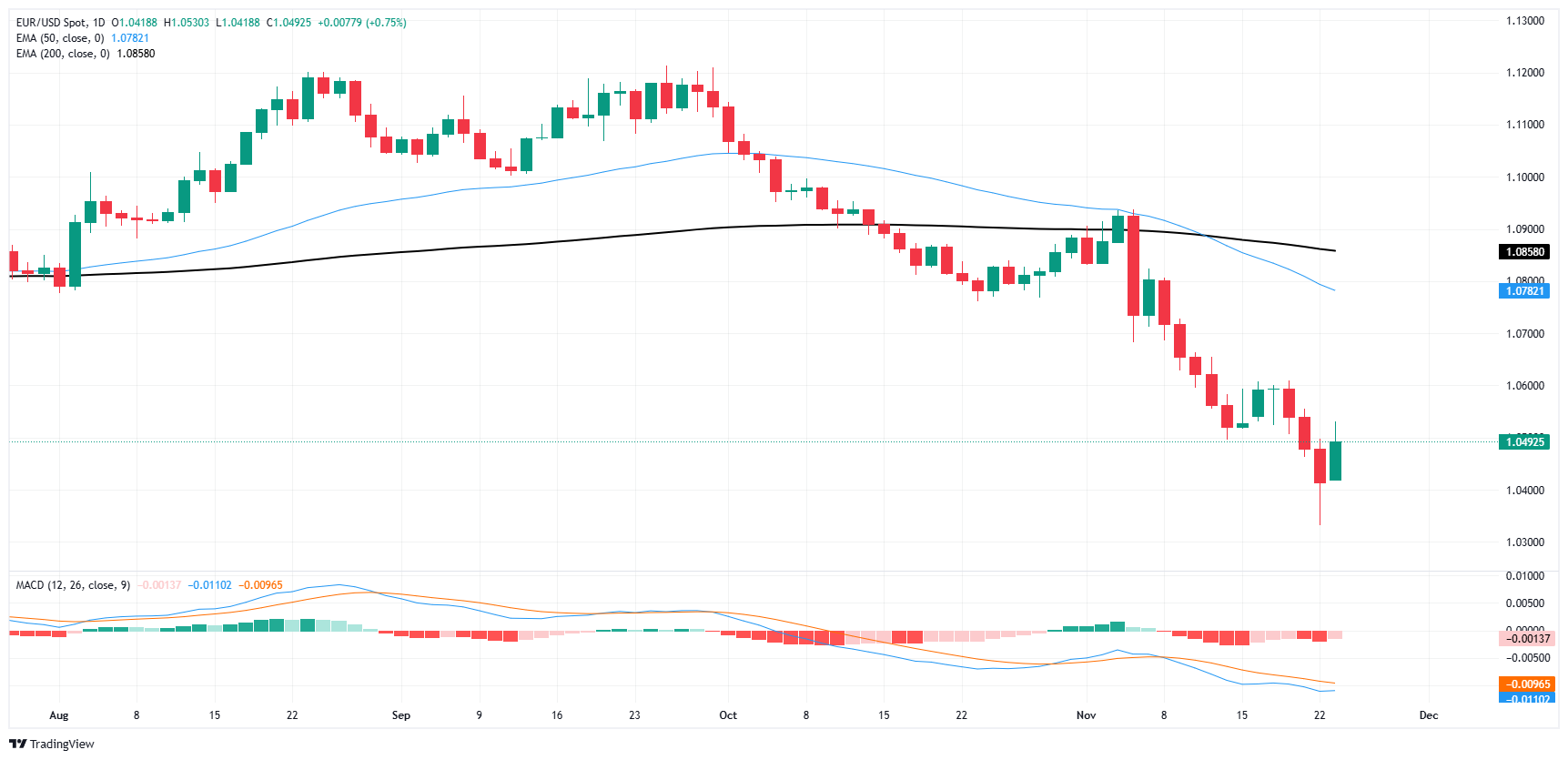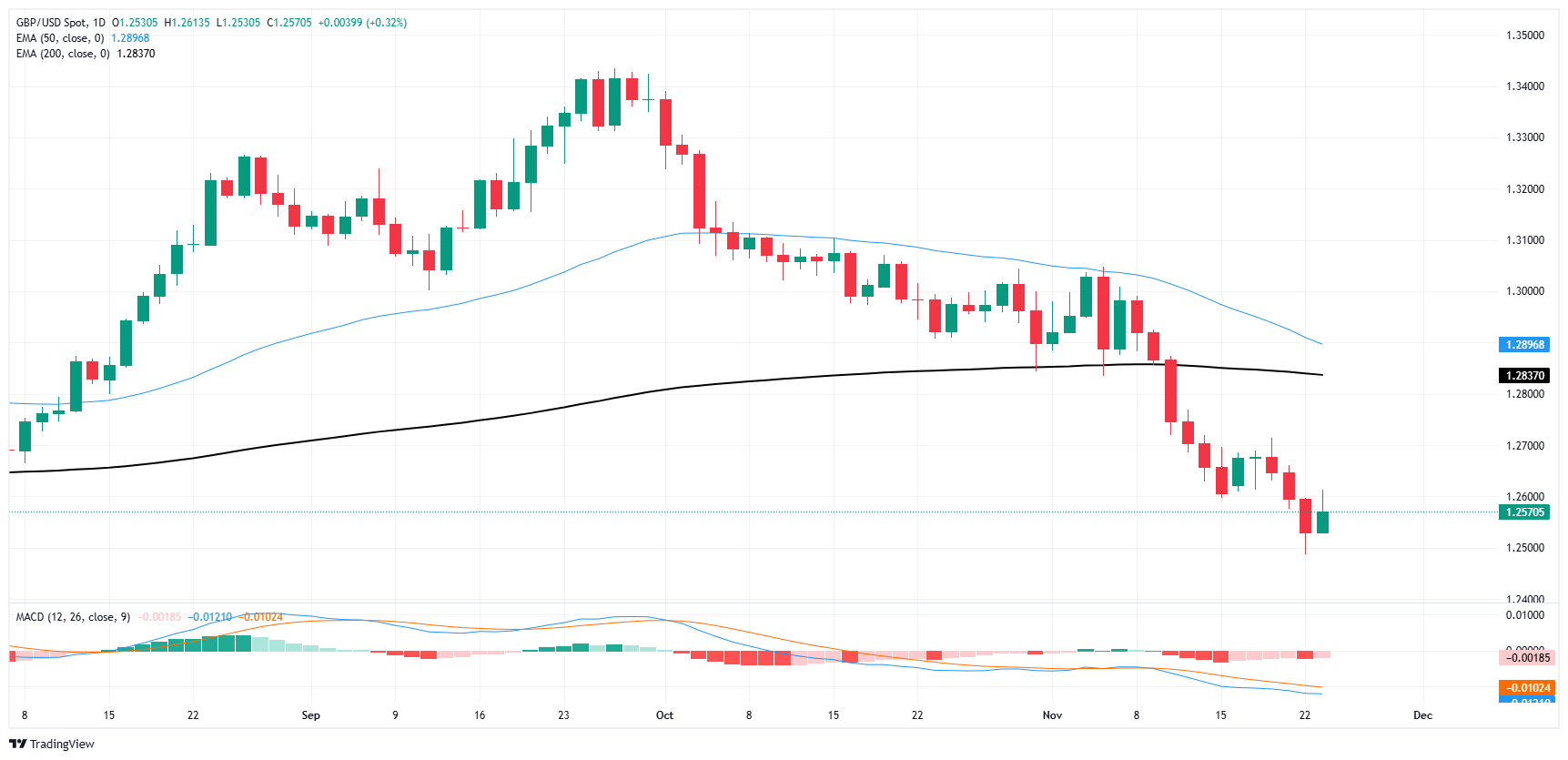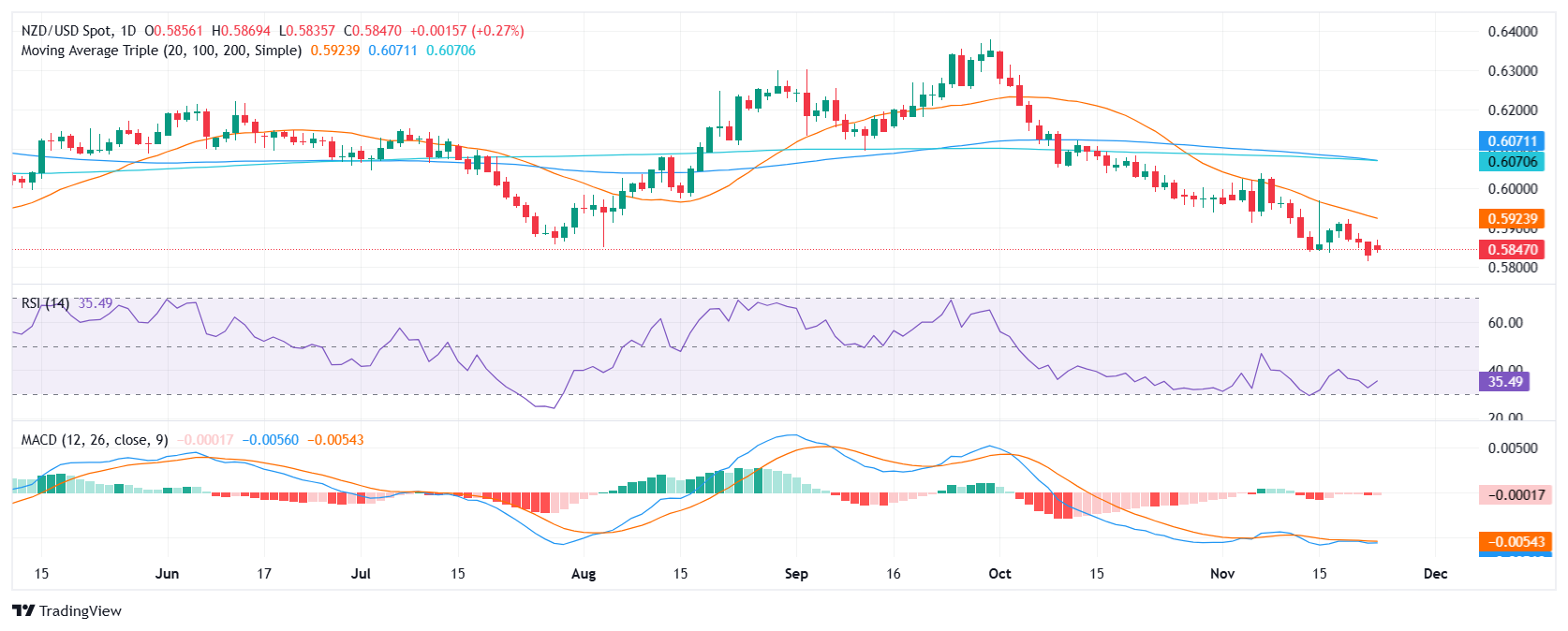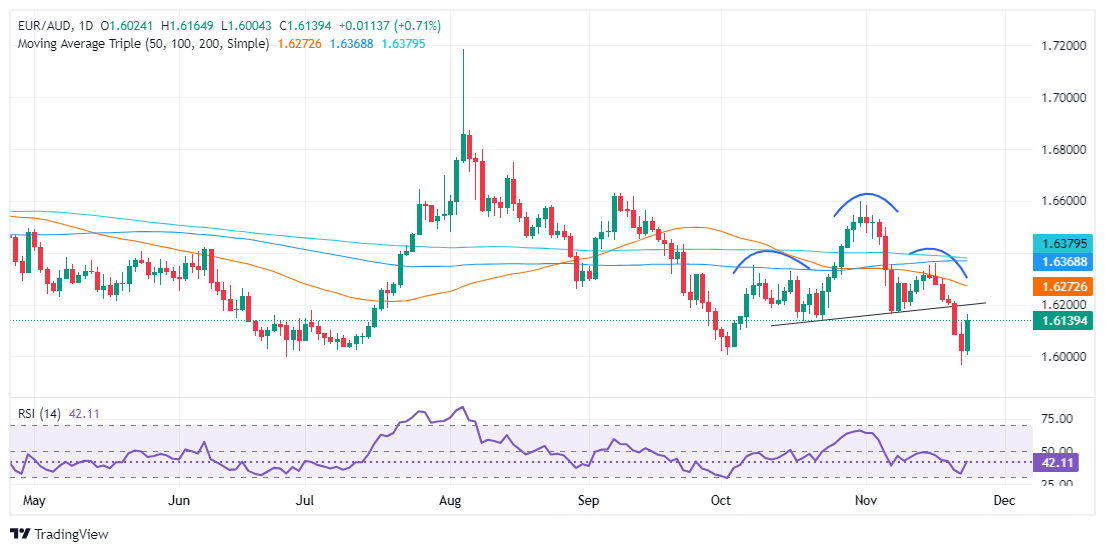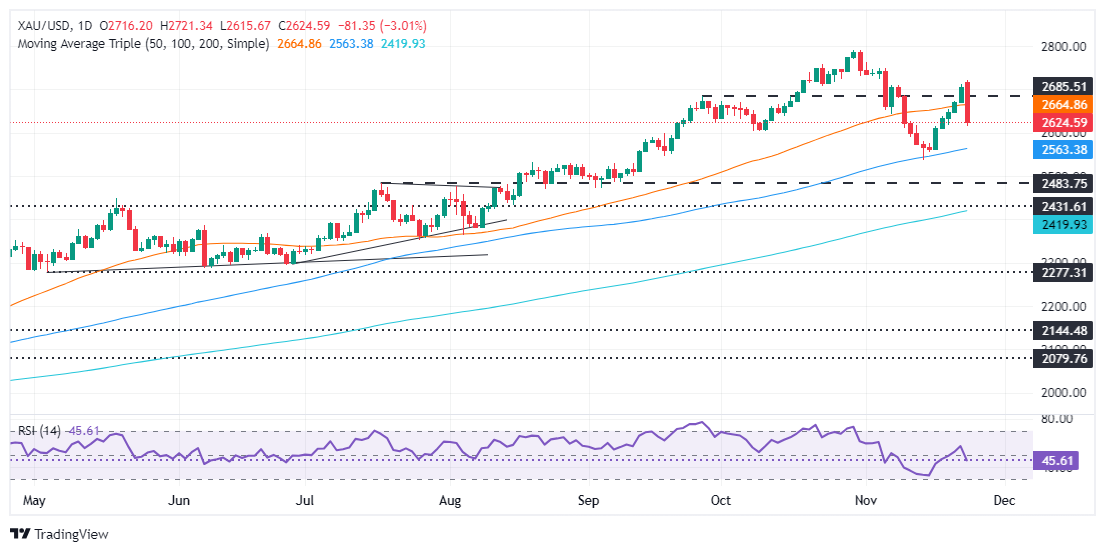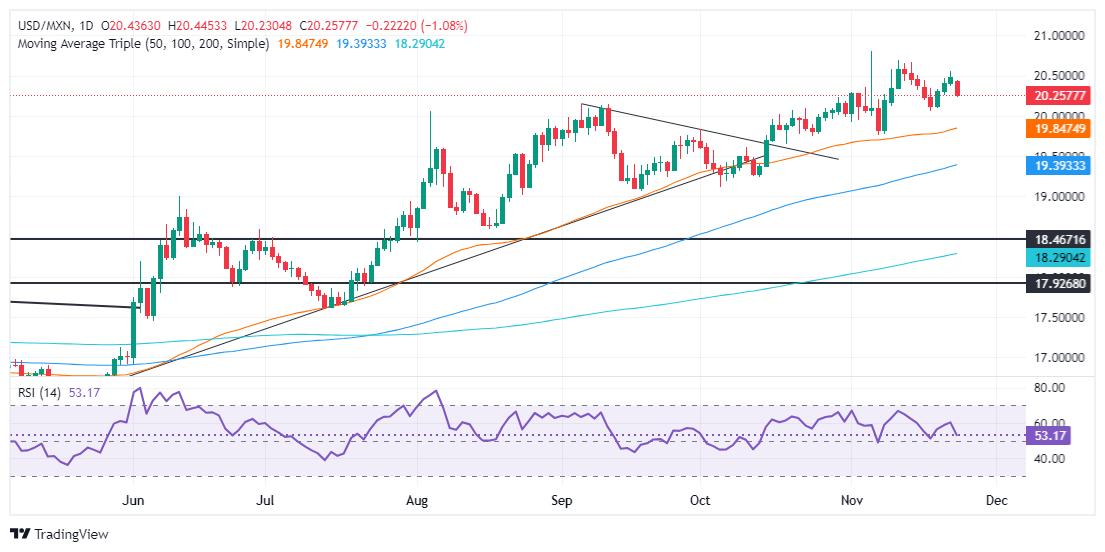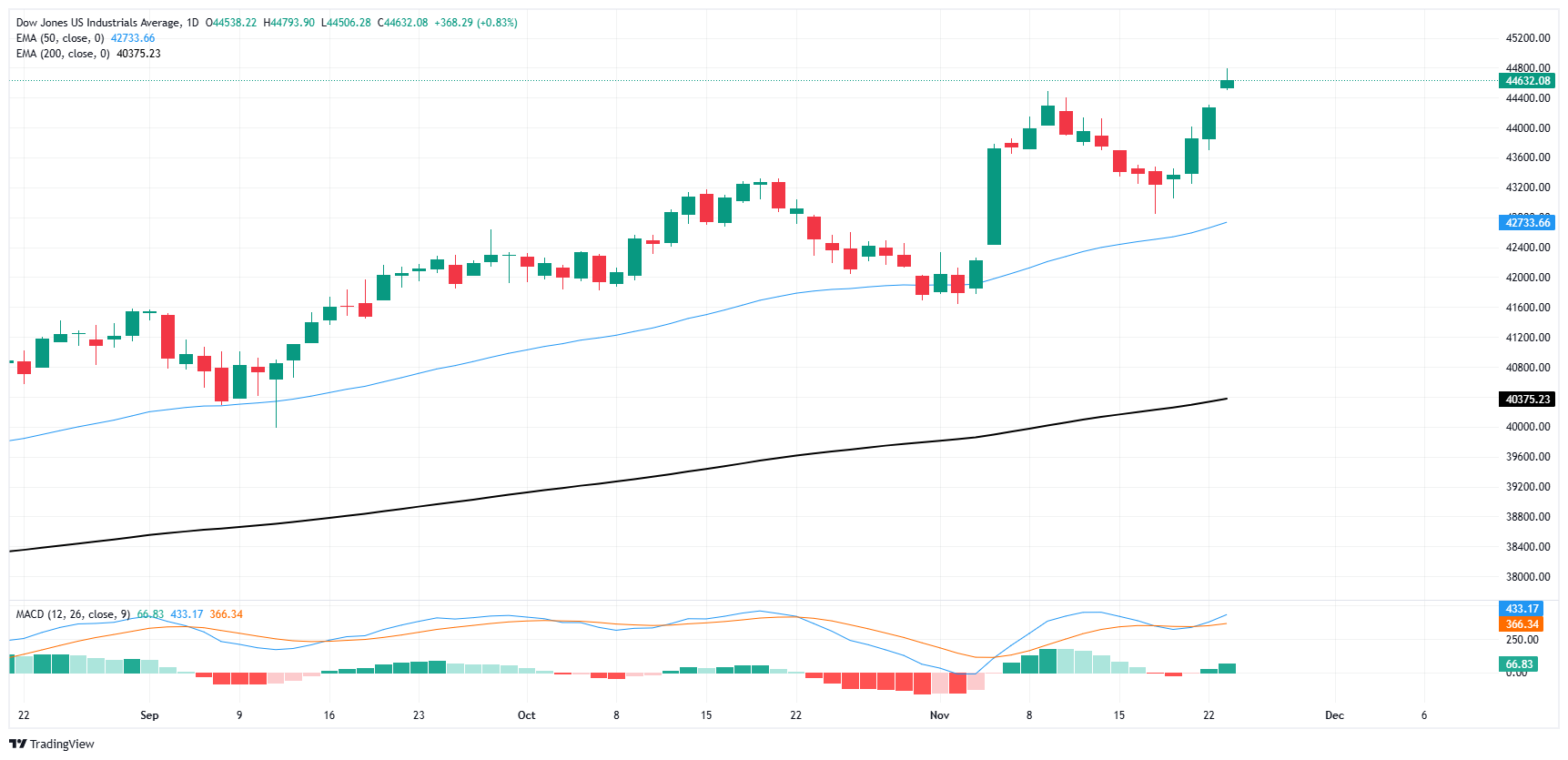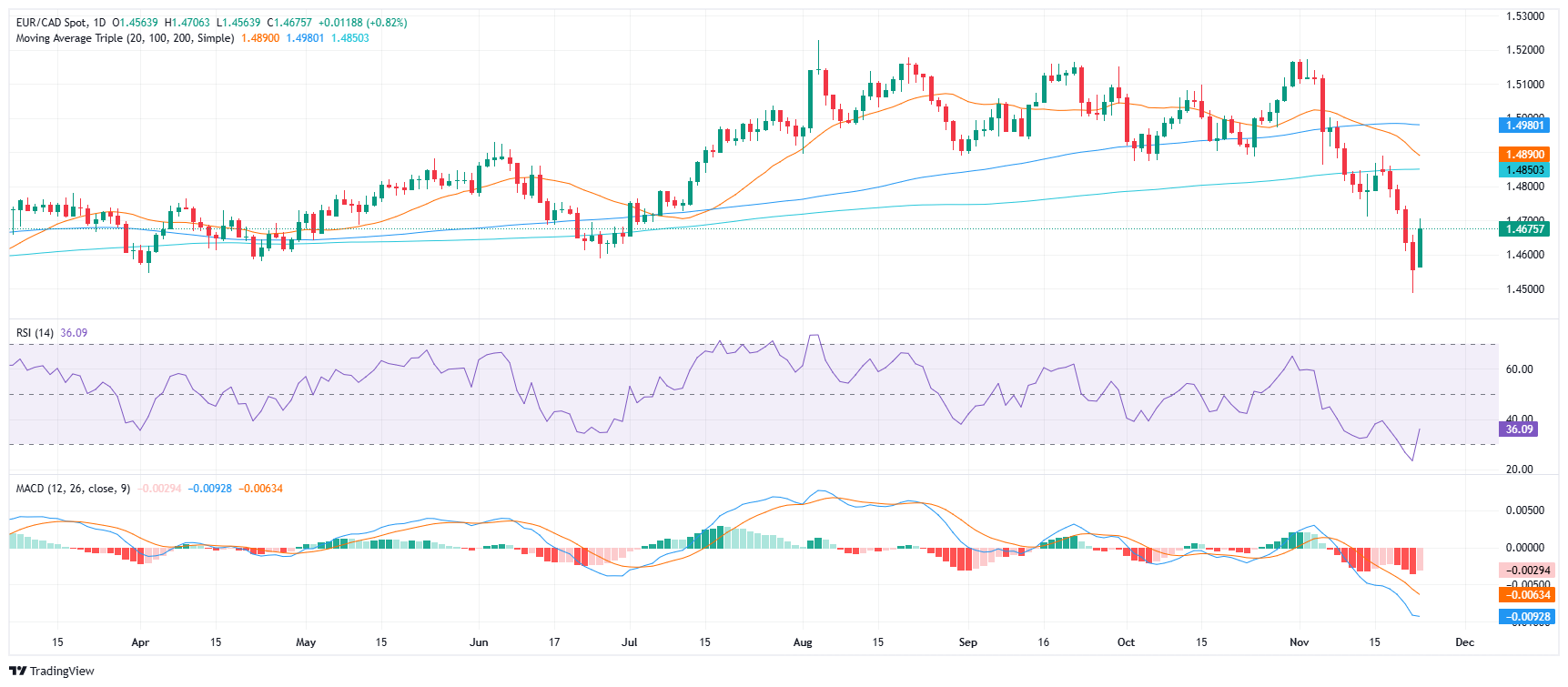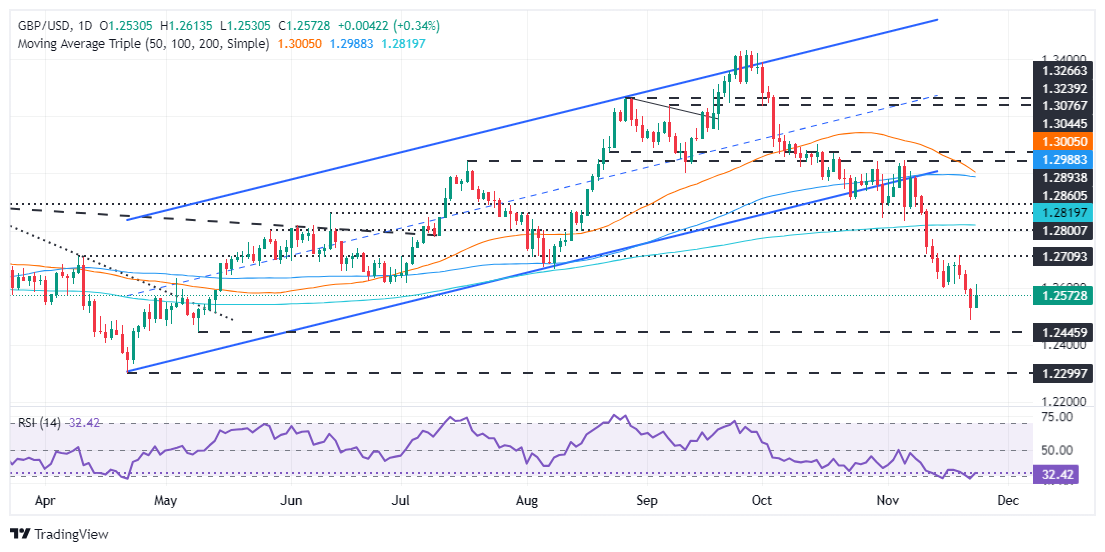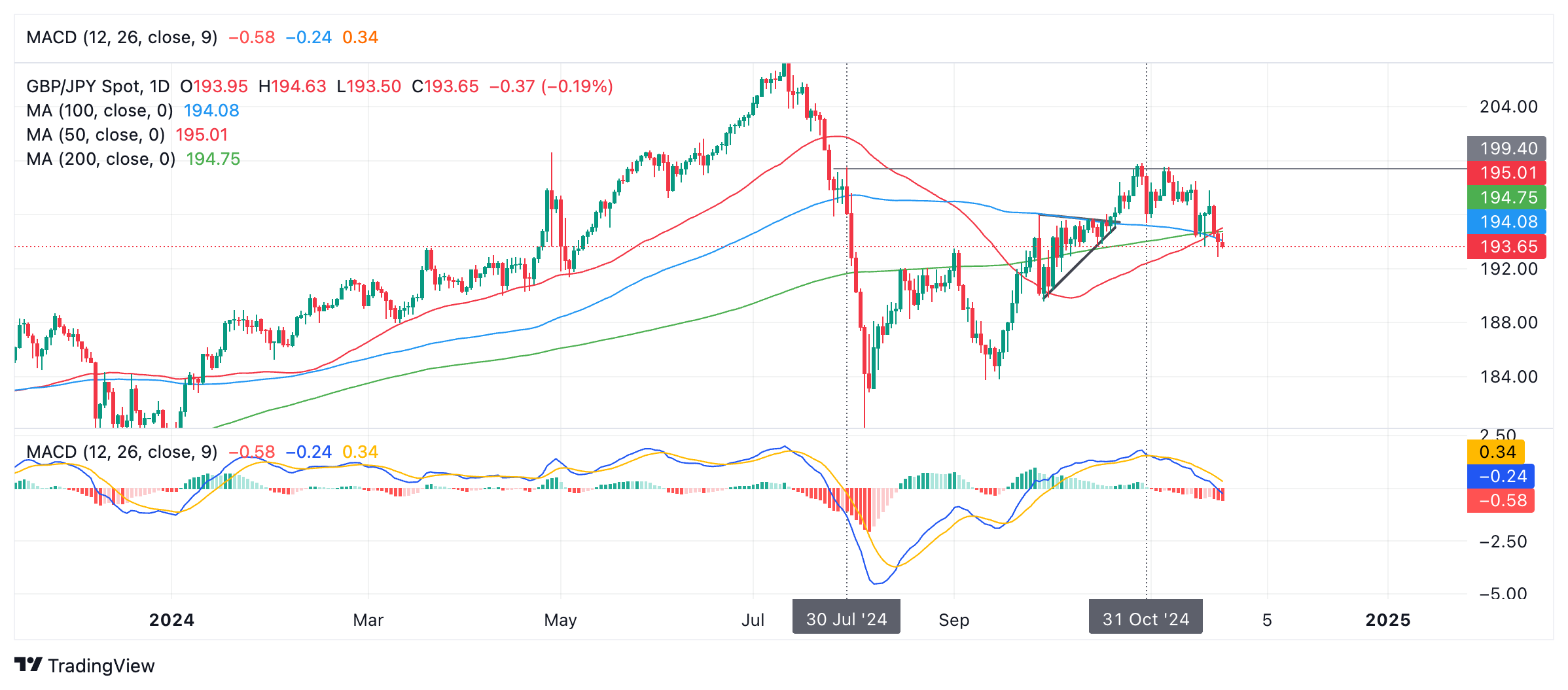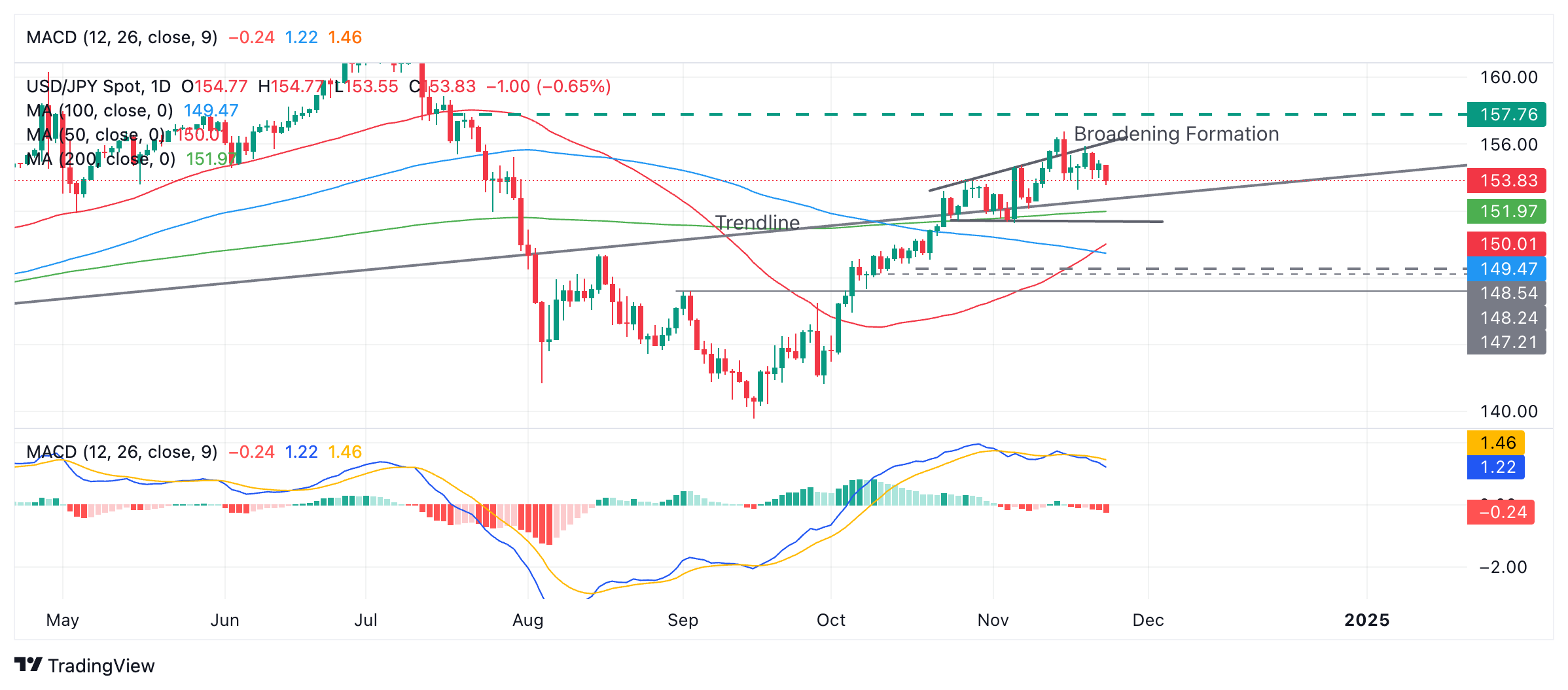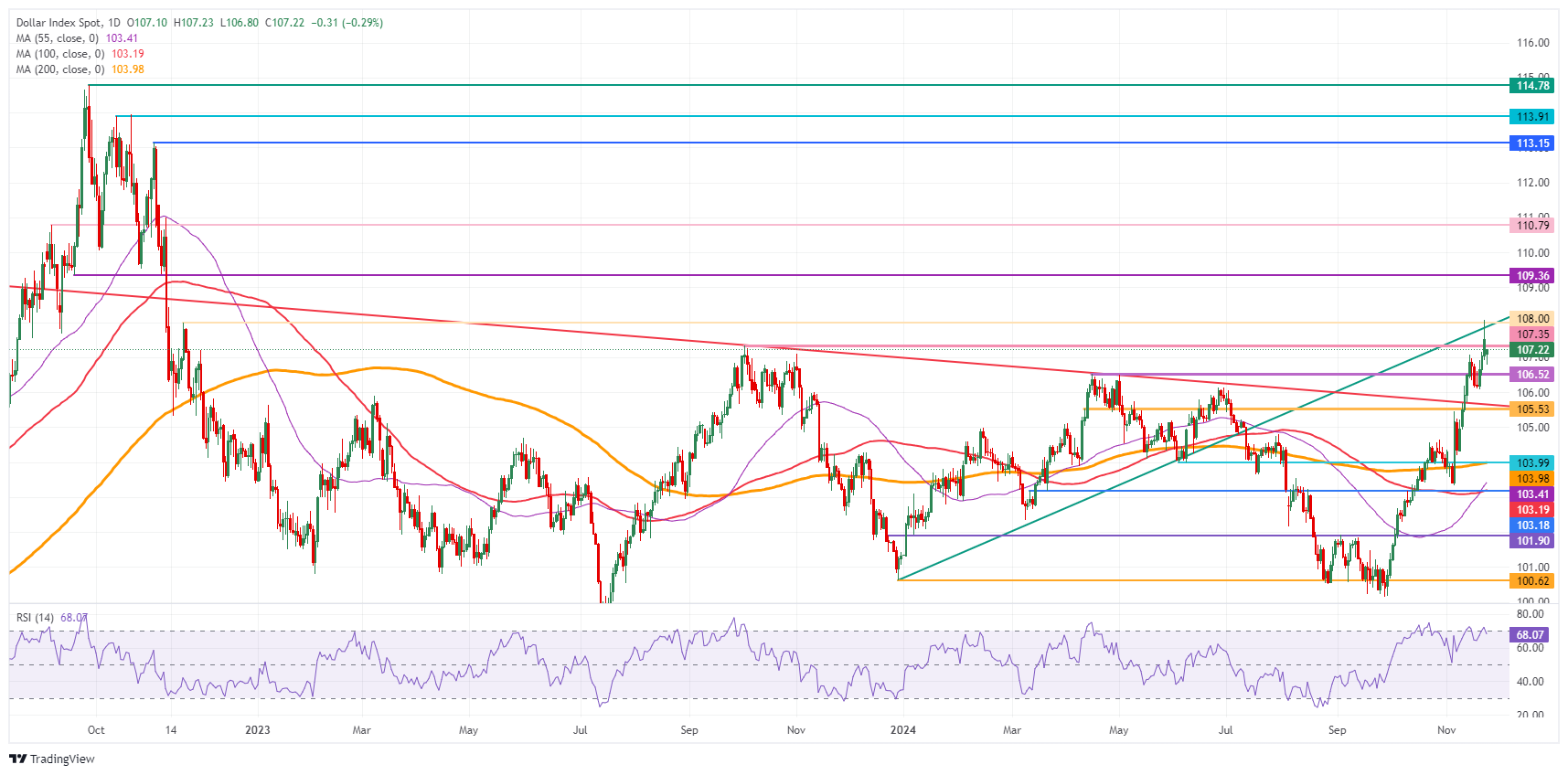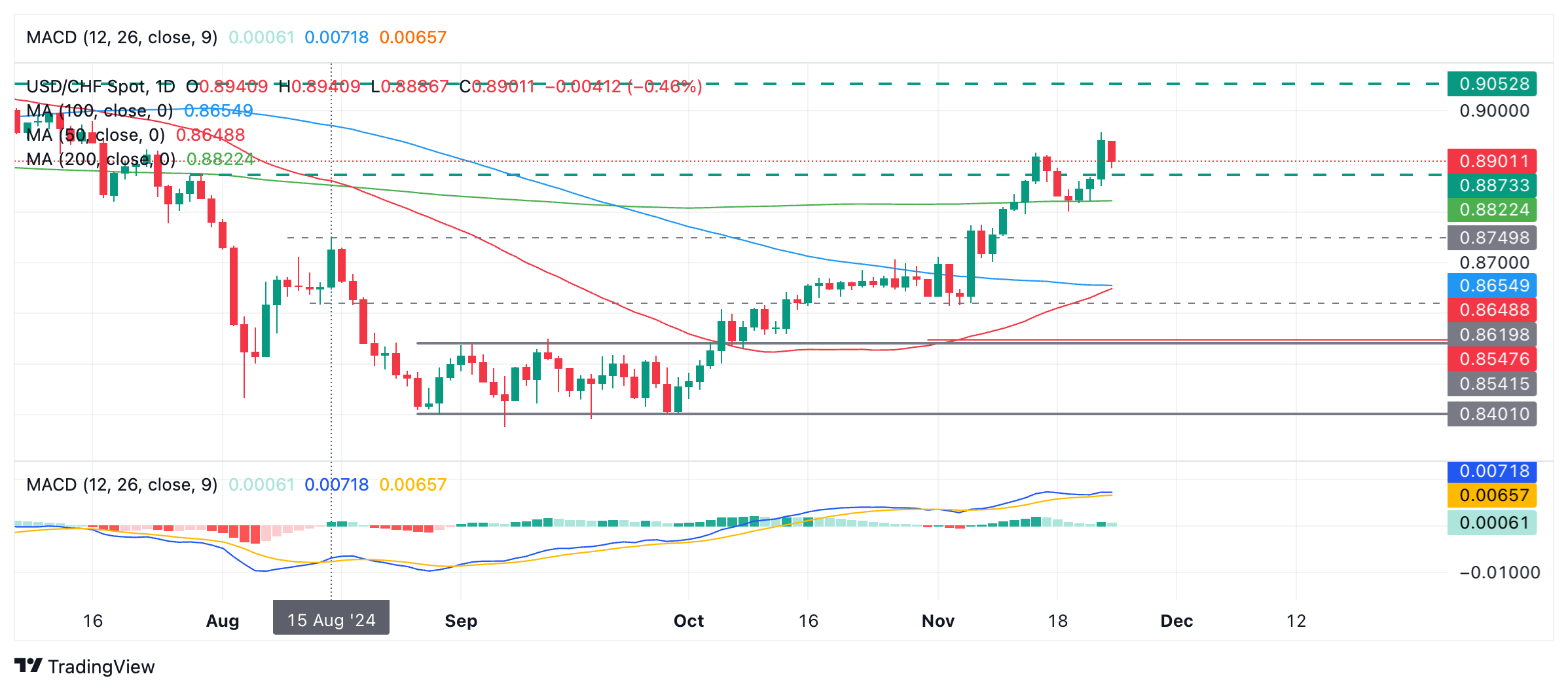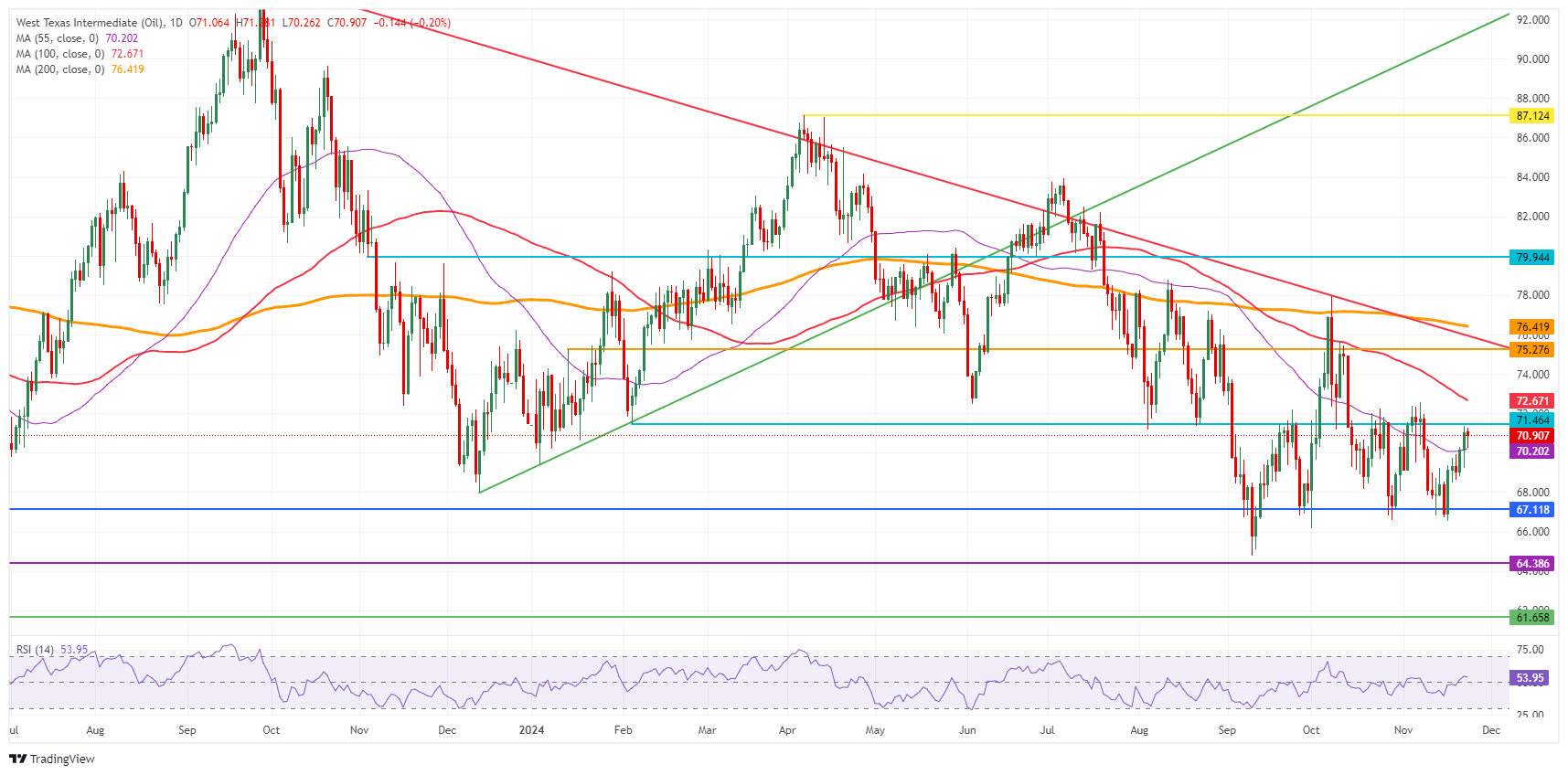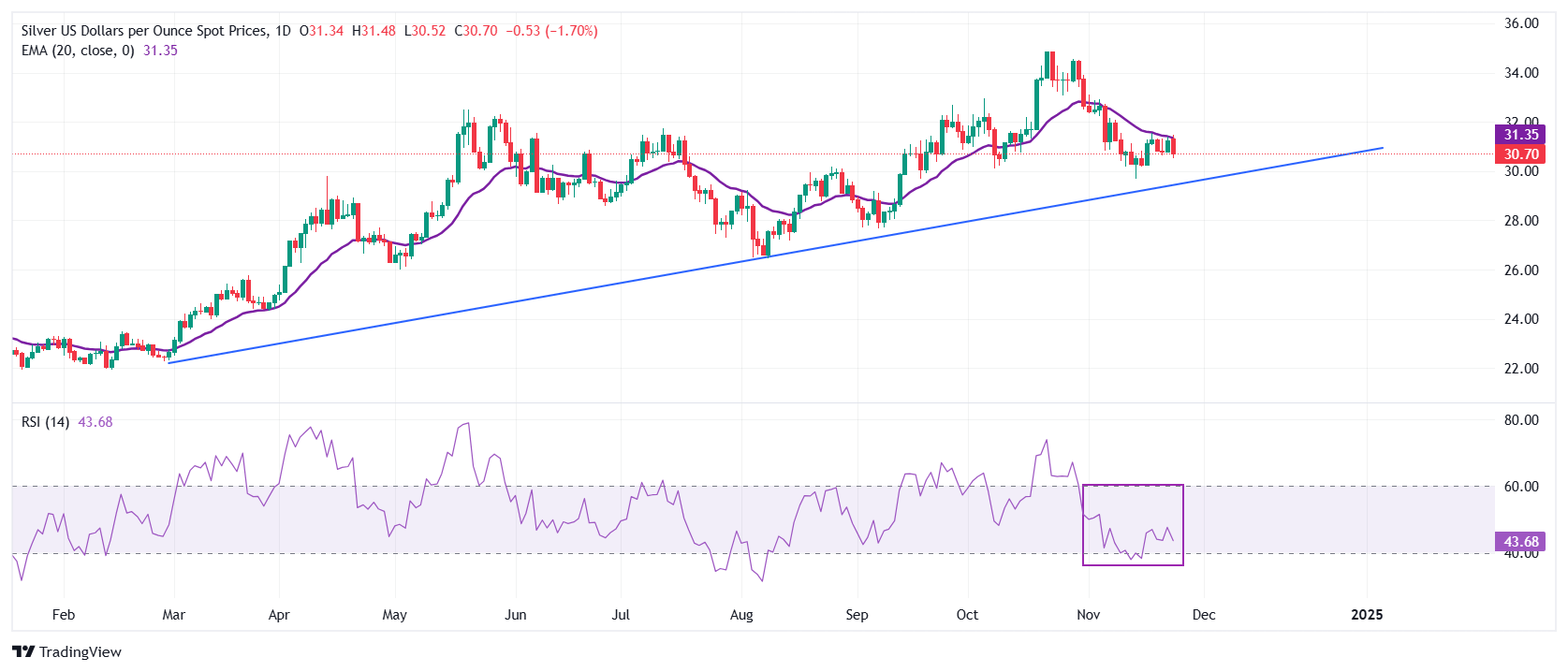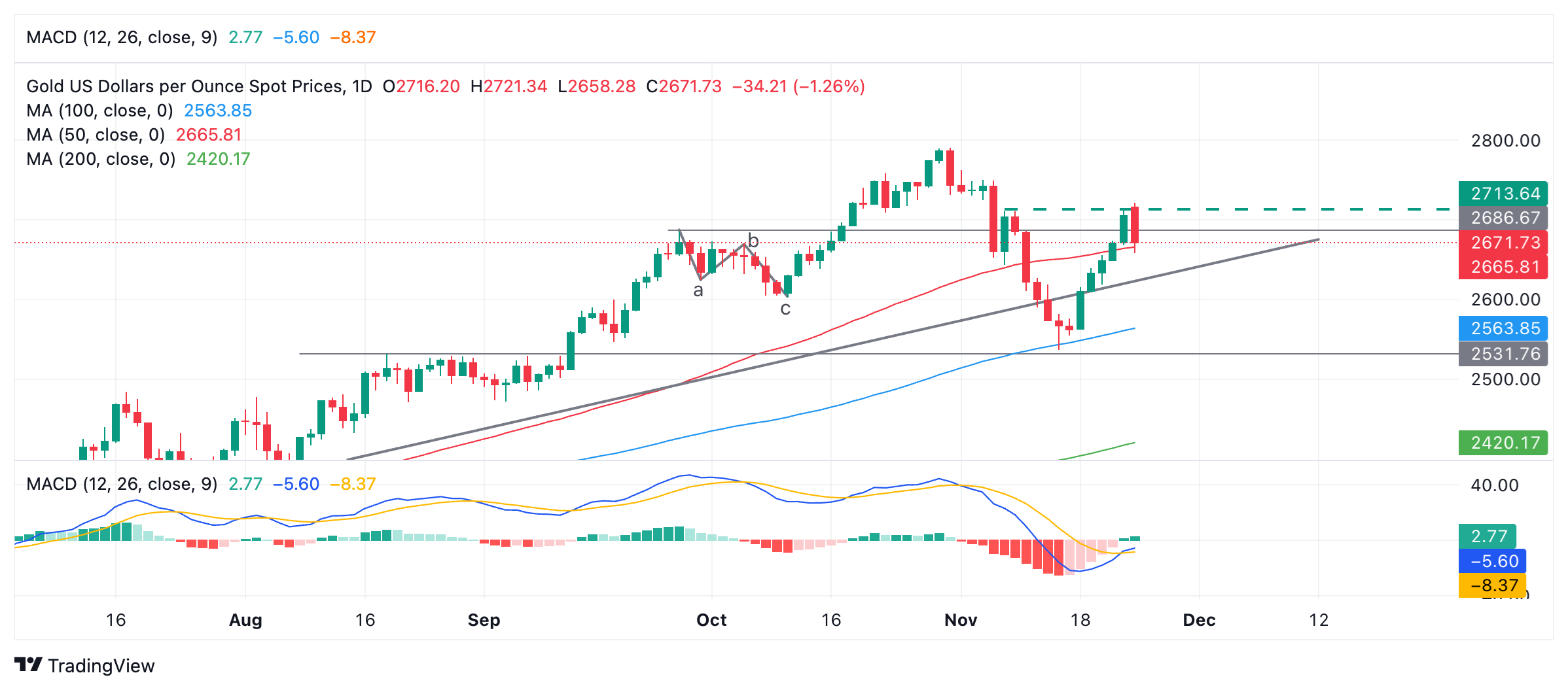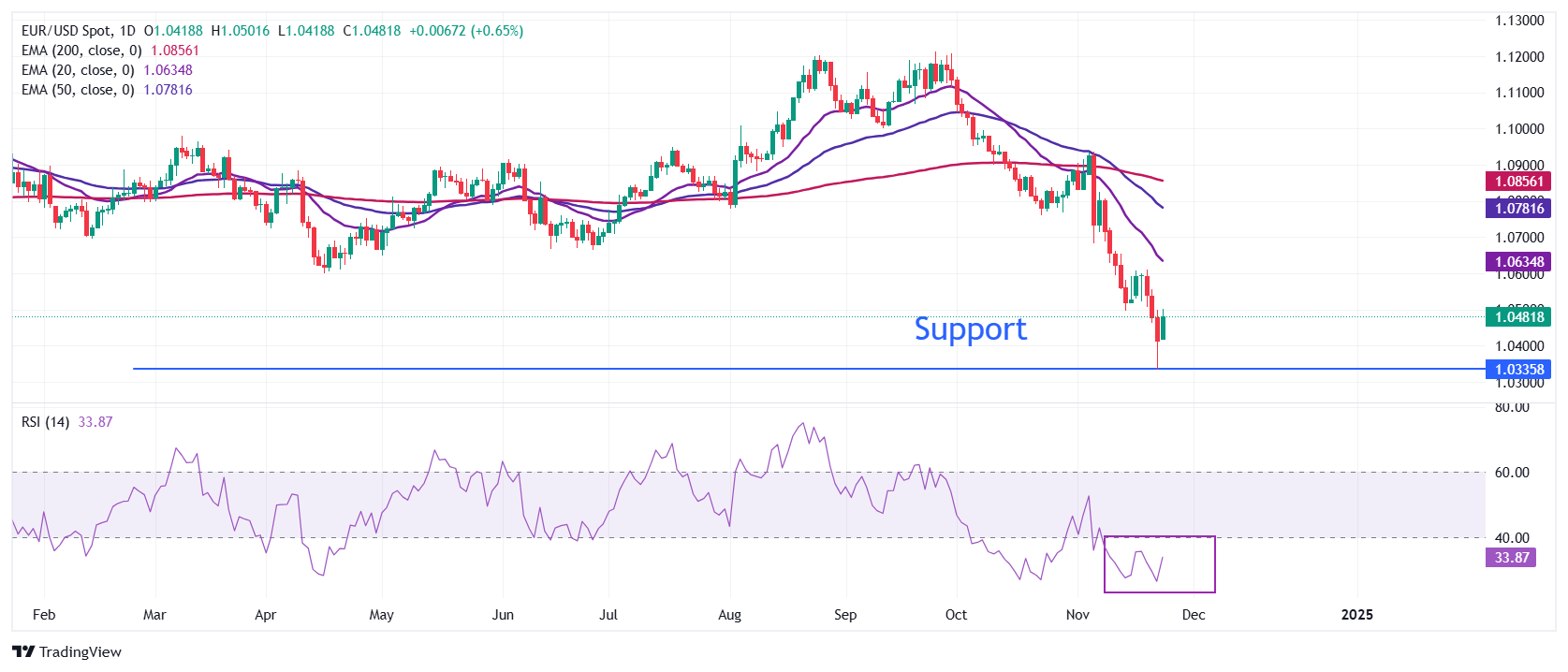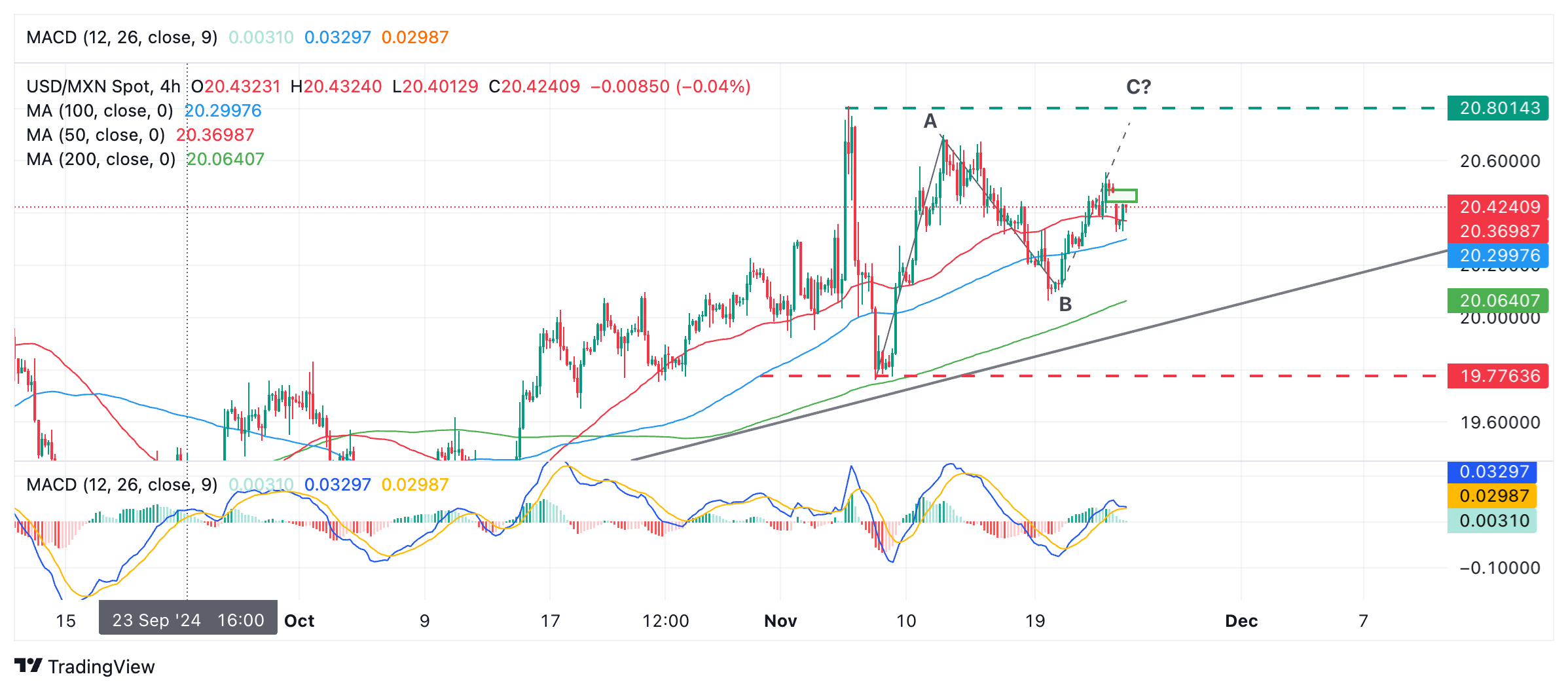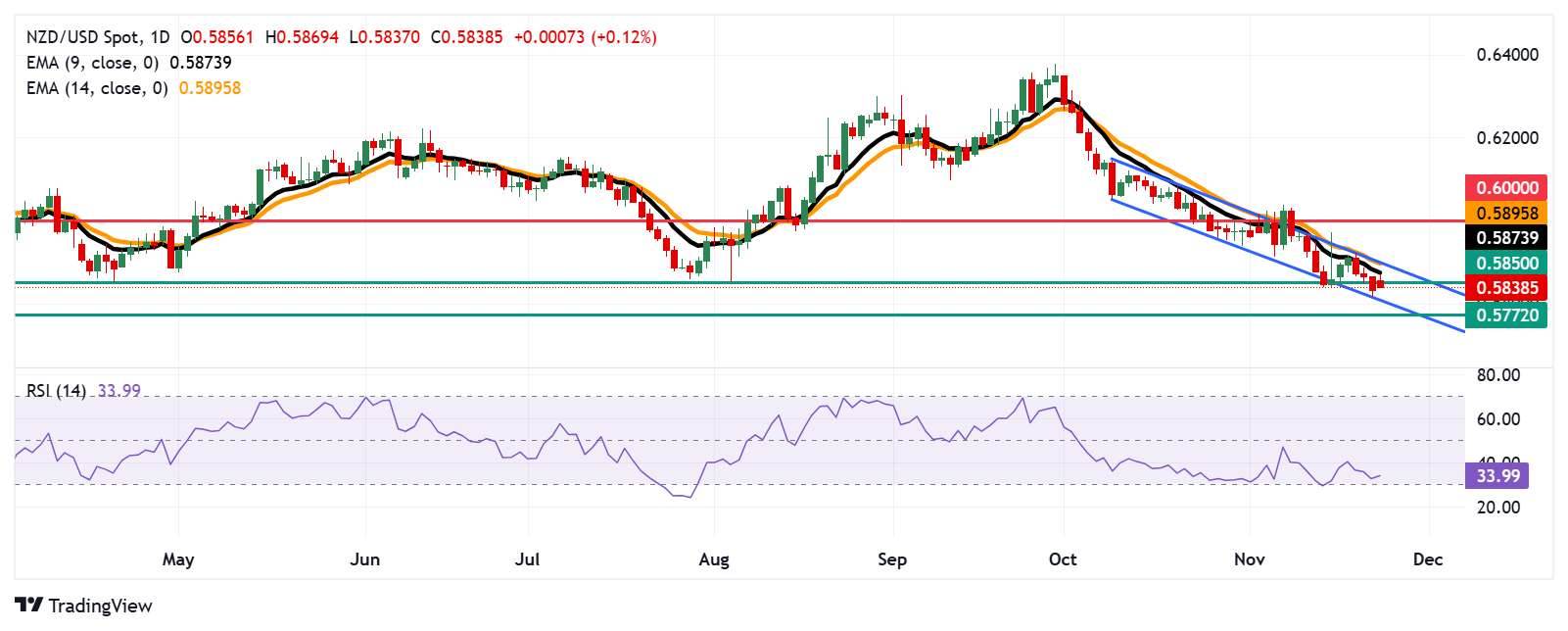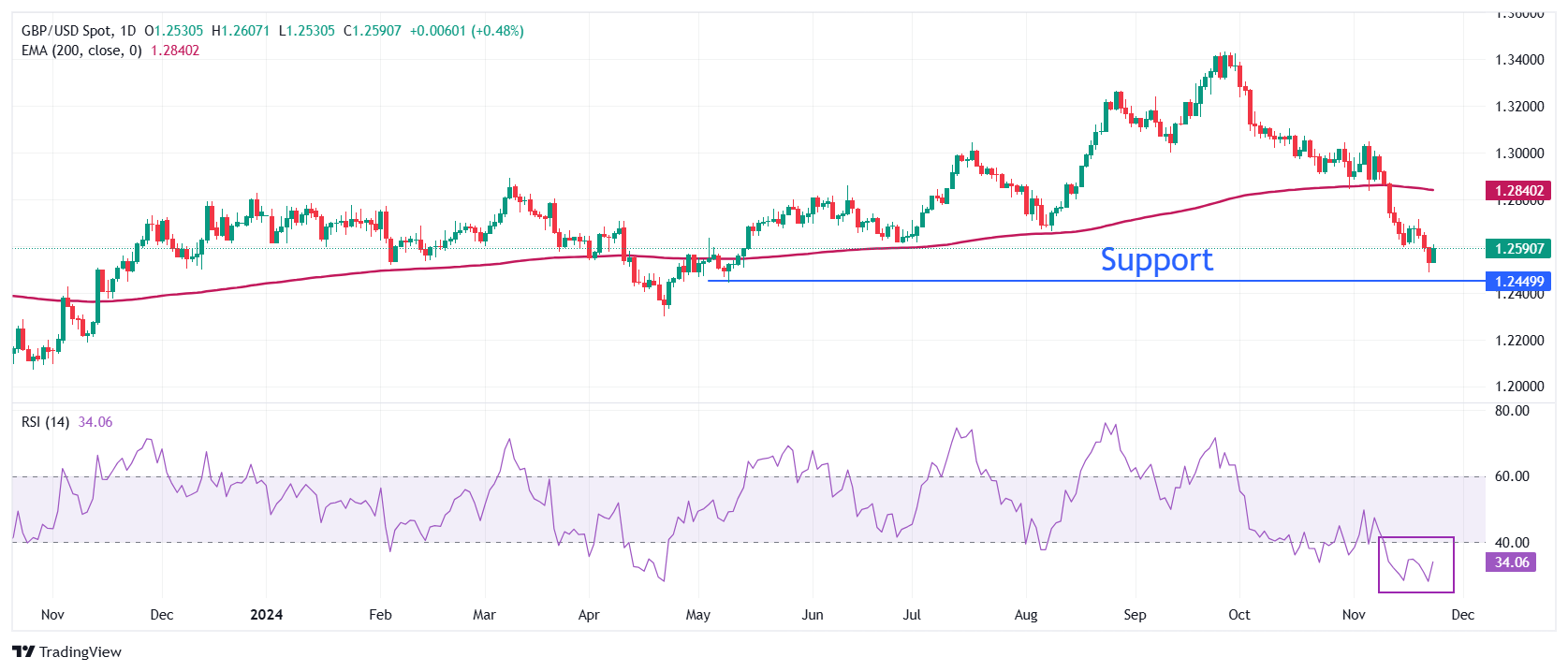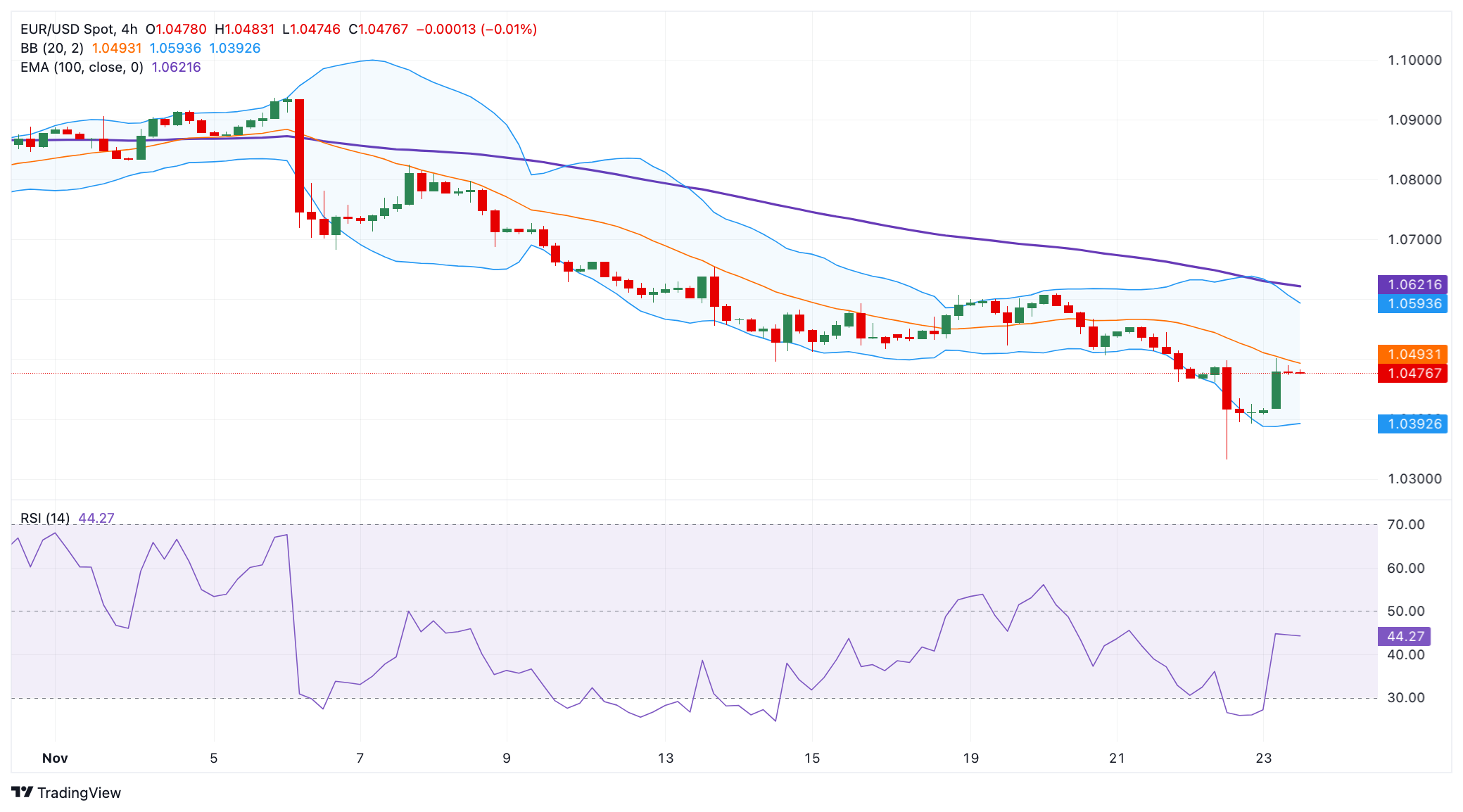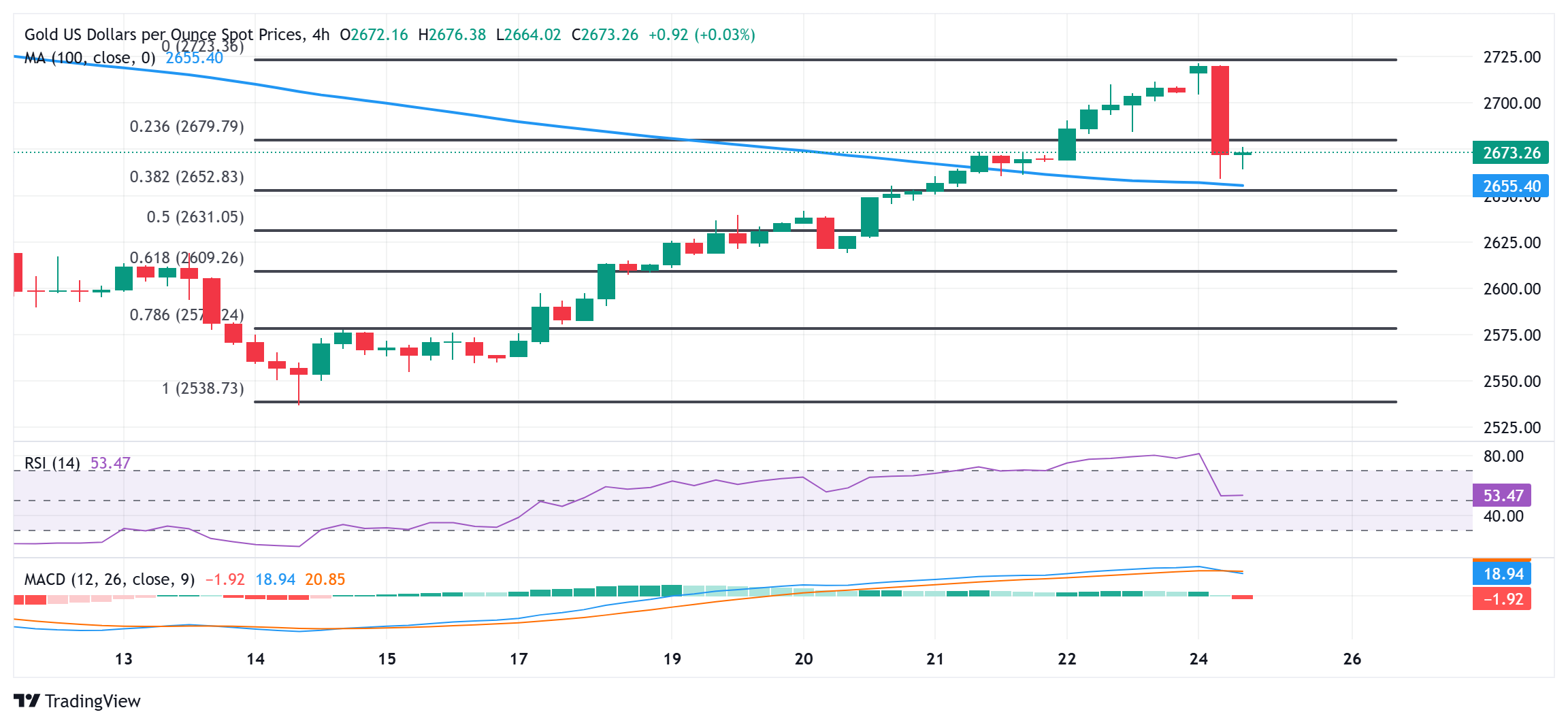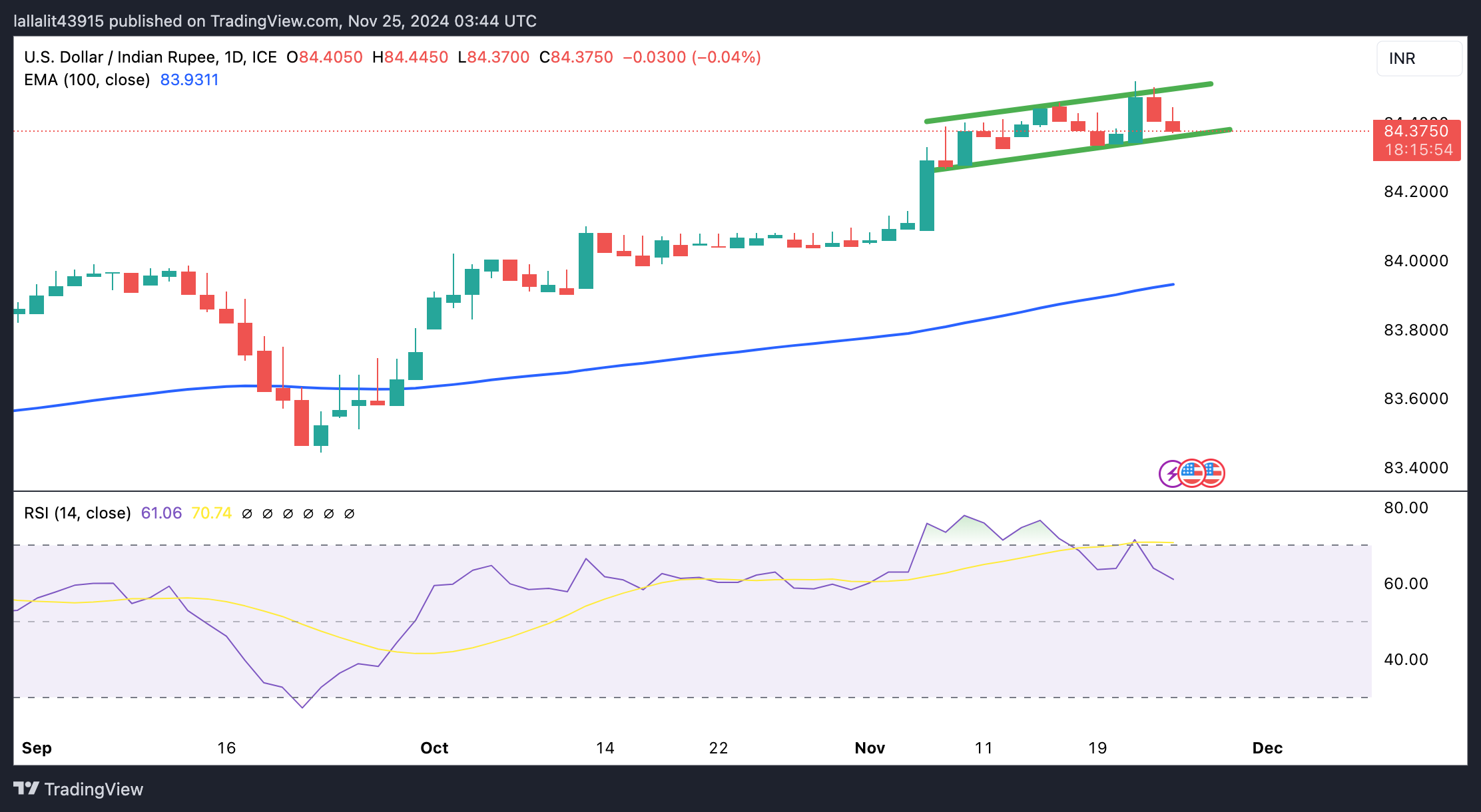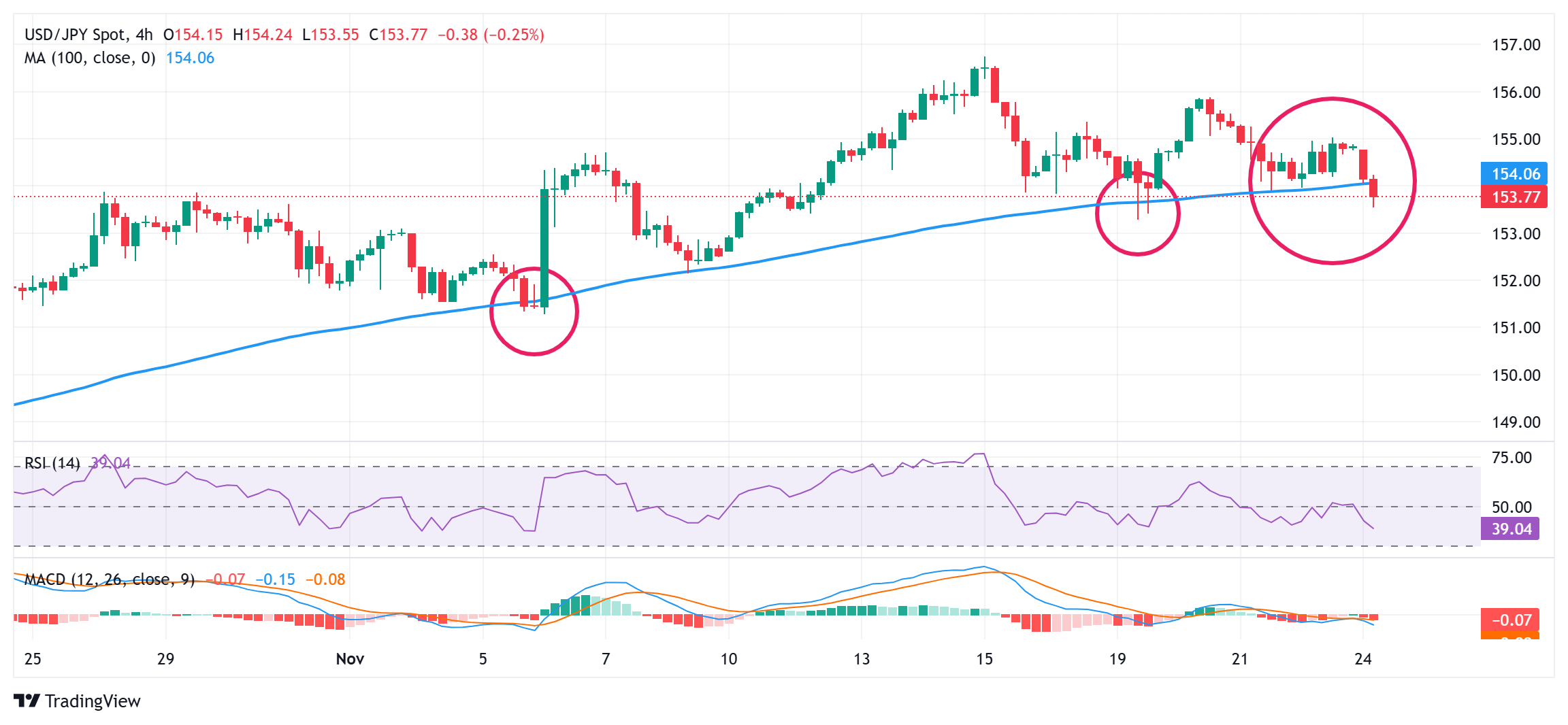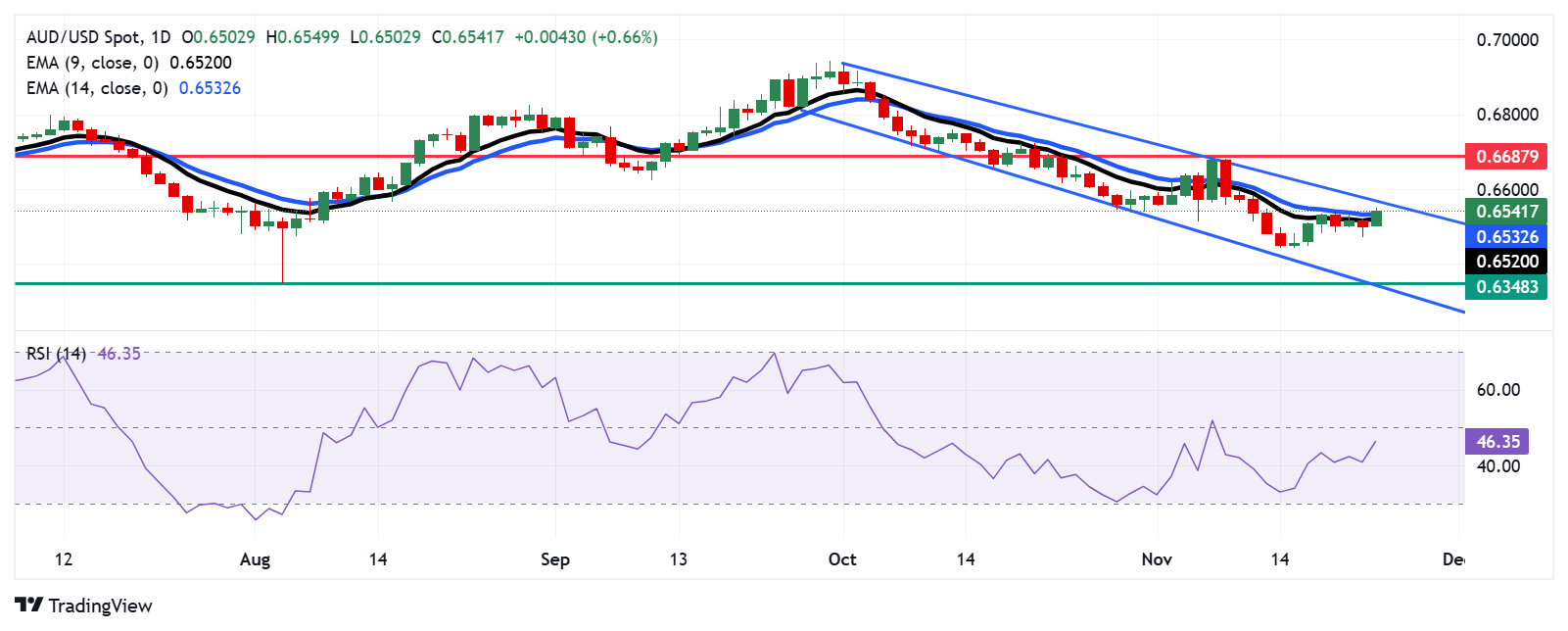- EUR/GBP rallies back up to the 50-day SMA in the mid 0.8300s.
- The Pound is depreciating on doubts about the robustness of the UK economy.
- The Euro itself has problems, however, after another poor set of poor figures from Germany.
EUR/GBP trades back up to the level of the 50-day Simple Moving Average (SMA) at around 0.8350 on Monday, but more as a result of Pound Sterling (GBP) weakness than Euro strength.
The pair is safely back inside its medium-term range between roughly 0.8300 and 0.8450 as downside risks pressure both currencies lower, resulting in a lack of overall volatility and a range-bound market structure. That said, the pair is at over two-year lows, suggesting the possibility the Euro may be under valued and, perhaps, due a bounce.
The German IFO Business Climate survey out on Monday, however, was not going to provide a catalyst for such a rebound. Based on over 9,000 responses in key sectors such as manufacturing, services, construction and trade, it showed a continuation of the theme of the German economy being stuck in a phase of decline.
The IFO Current Assessment index fell to 84.3 in November from 85.7 in October and below the 85.4 forecast. It was a similar story with the Business Climate index which also fell from the previous month and fell below expectations. The Expectations index, meanwhile, came out at 87.2, above the 87.0 forecast but below the 87.3 previous. Overall the data painted a negative picture of Europe’s largest economy.
The IFO President Clemens Fuest noted that “The German economy is floundering. Companies were somewhat skeptical again about the coming months.”
The data follows weak Purchasing Manager Index (PMI) survey data for both the Eurozone and Germany on Friday, which showed the German composite PMI plunging to a nine-month low of 47.3 in October.
“Germany remains the weak link in the Eurozone,” noted Dr. Win Thin, Global Head of Markets Strategy at Brown Brothers Harriman (BBH) in a note on the data releases. Given Germany’s importance as the “engine room” of the Eurozone economy, the comment is concerning.
The Single Currency is still seeing gains against the Pound on Monday, however. This unintuitive reaction might be explained by the fact that Sterling is the weaker of the two but neither is the Euro particularly strong.
GBP’s decline could be due to the string of poor data releases out of the UK recently. These have led investors to reappraise the future path of interest rates in the UK. This is key for Sterling since higher interest rates attract more foreign capital inflows, supporting the currency, whilst lower rates do the opposite and weaken GBP.
Previously the perception had been that in the UK interest rates would remain at a relatively high 4.75% whilst in many other developed economies they would start to slide rapidly. This was mainly because of the UK economy’s high wages, high services sector inflation, robust labor market and relatively positive outlook for growth.
The release of UK unemployment data for September, which showed the Unemployment Rate surprising to the upside at 4.3% from 4.0% previously, suggested the true picture might be less flattering.
However, it was the release of preliminary UK PMI data for November, on Friday, which really began sowing seeds of doubt. The UK Composite PMI came out much lower than expected, and fell shockingly into contraction territory below 50.
This poor PMI data resulted in market-based projections of the low point for UK interest rates to be revised down from 4.00% to 3.75%.
“Looking at the November composite PMIs, Australia fell below 50 to 49.4, Japan remained below 50 but improved slightly to 49.8, and the Eurozone fell below 50 to 48.1. However, the biggest surprise came from the U.K. as its composite plunged to 49.9 and joined the ranks of the sub-50,” says BBH’s Thin.
That said, despite the weak data and the fact that swaps markets are pricing in a lower terminal interest rate, Bank of England (BoE) officials – who are tasked with adjusting interest rates – do not seem to have radically changed their stance.
It is possible that more poor data is required before they are ready to reassess their “gradualist” position. This was summed up by comments from the Deputy Governor of the BoE Clare Lombardelli on Monday, who said, “We should not focus too much on one set of data (regarding last week's weak PMI data).”
Rather, “We remain focused more on services prices and wages…(..)..The labor market is still relatively tight,” and that “I view the probabilities of downside and upside risks to inflation as broadly balanced. But at this point I am more worried about the possible consequences if the upside materializes, as this could require a more costly monetary policy response.”
